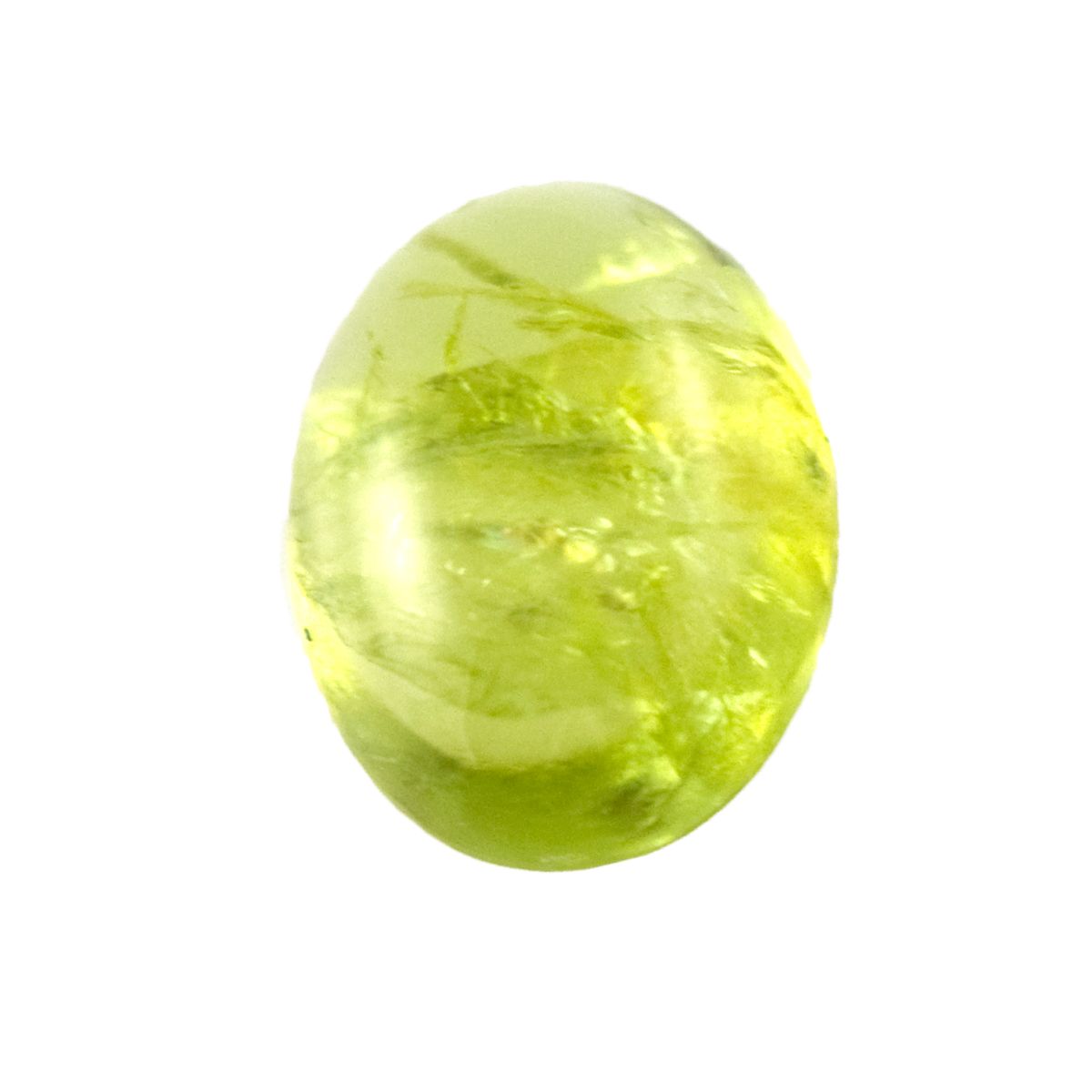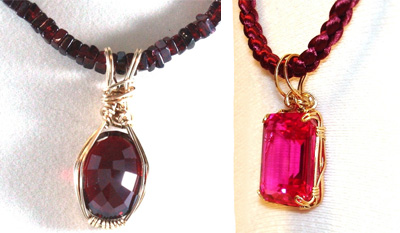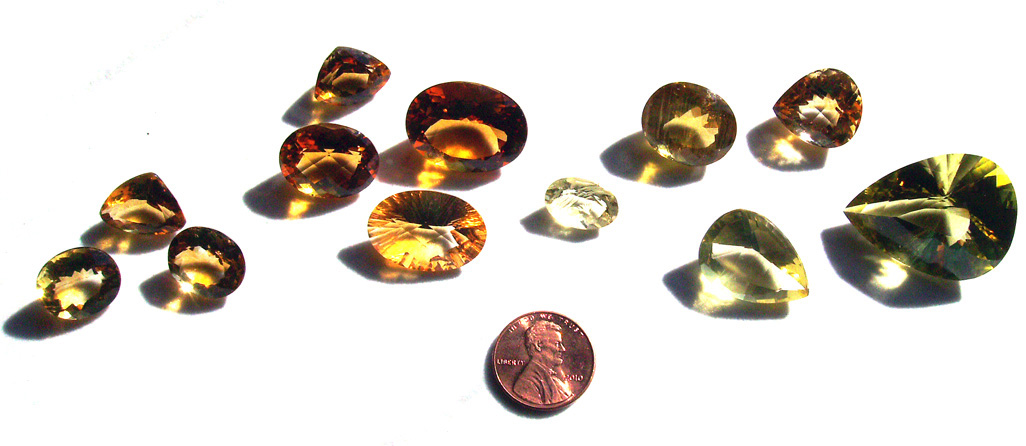- NEW DVD Series – Stone Setting with Bezels
- Tube Set Charm by Kim St. Jean
- Prong Basket Pendant by Kim St. Jean
- NEW DVD Series – Stone Setting with Cold Connections
- New DVD Series – Stone Setting with Wire
- NEW DVD Series: Introduction to Stone Setting by Kim St. Jean
- Featured Tool: Bracelet Bending Plier
- NEW Dvd by Eva Sherman
- Fun, Fast Fold Forming DVD Series
- Double Band Ear Cuff from Alex Simkin
How Gemstones Are Cut – Revisited
by Judy Ellis, Wire-Sculpture.com
Wire Jewelry Resource for August 13, 2014
How Gemstones Are Cut – Revisited
Today we revisit a great video that we featured a couple of years ago.
John Dyer is one of the biggest names in the gem world. John Dyer’s faceted gems are among the most well-cut I’ve ever seen, and you can tell a John Dyer stone by the tiny “JD” logo cut in a discrete place in the gem.
Video by John Dyer
I hope you enjoy this recent video by John Dyer which explains how a rough stone is taken through the cutting and faceting process to become a brilliant stone, which is then perfect for snapsets and wire prongs for use in wire jewelry.
After watching this video, I think we can all appreciate how much work goes into creating a beautiful gemstone!
If you are looking for some gorgeous Gemstones – take a look at our collection of CZ Cubic Zirconia Gemstons, or our One-of-a-Kind Gemstones, or even our One-of-a-kind Pendants. If you love working with birthstones, take a look at our Birthstone Sets.
Happy Wrapping!
![]()
If you aren’t getting our FREE Jewelry patterns yet, it might be a great time to get signed up! We send out a beautiful NEW pattern every 14 days. CLICK HERE to sign up today!
Click to Receive Daily Tips by Email






















Beth Bernard
August 13, 2014 at 6:25 am
I love using my Loretone Tumbler. But I have to ask, how do I polish soft stones? The first time I tumbled, I made the mistake of just pouring the assortment of stones that I purchased into the tumbler. I was completely clueless about the Mohs hardness scale.
To be honest, I’m still clueless as to the hardness of most of the stones I tumble, but at least I understand the concept.
But now that I’ve gotten pretty good at figuring out which stones are soft (mostly because they virtually disappear when tumbled with the harder stones) I’m at a loss as to the correct way to tumble them. Do I do it the same way as before, just without the hard stones? I would appreciate any advice you could give me to direct me to the correct process?
Thanks,
Beth
Jim Harkins
August 14, 2014 at 4:58 am
There are charts available on-line that can tell you the hardness of various stones — I believe wire-sculpture.com can provide one. Also, you do NOT have to follow the sequence of grits that Lortone suggests. Softer stones may polish better if you skip the coarse gring process, for example, and I often tumble glass or extremely soft stones with a sugar-syrup slurry instead any of the carbide grits. Experiment, experiment, experiment!
Sandra
June 29, 2015 at 5:32 am
Amazing I love the finish. Thanks
Glenda Rednock
August 13, 2015 at 9:22 am
Hello I watched you little video on how to cut gems and polish them. I though that was so interesting to watch. I have always wondered how they were cut. Wow! You really have to be careful with cutting the gems. Where do you get the uncut ones? What does the hardness of the stone mean? I have noticed several posting saying they want to know about the hardness. So was wondering what that is all about?
Jana
January 16, 2016 at 10:25 am
Thank you for making this lesson. I found it amazing! I didn’t realize the differences were so great and perhaps obvious. I’ll check more closely next I time buy a “great gem”!